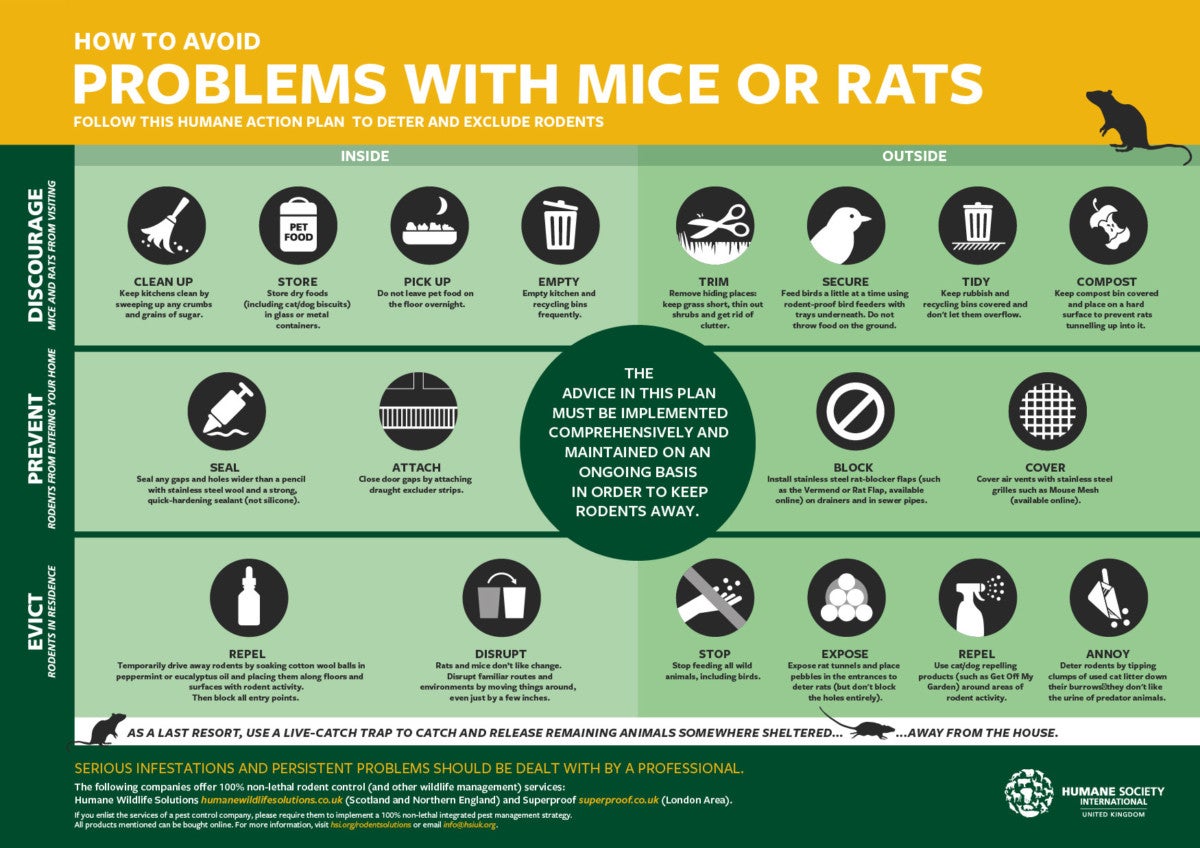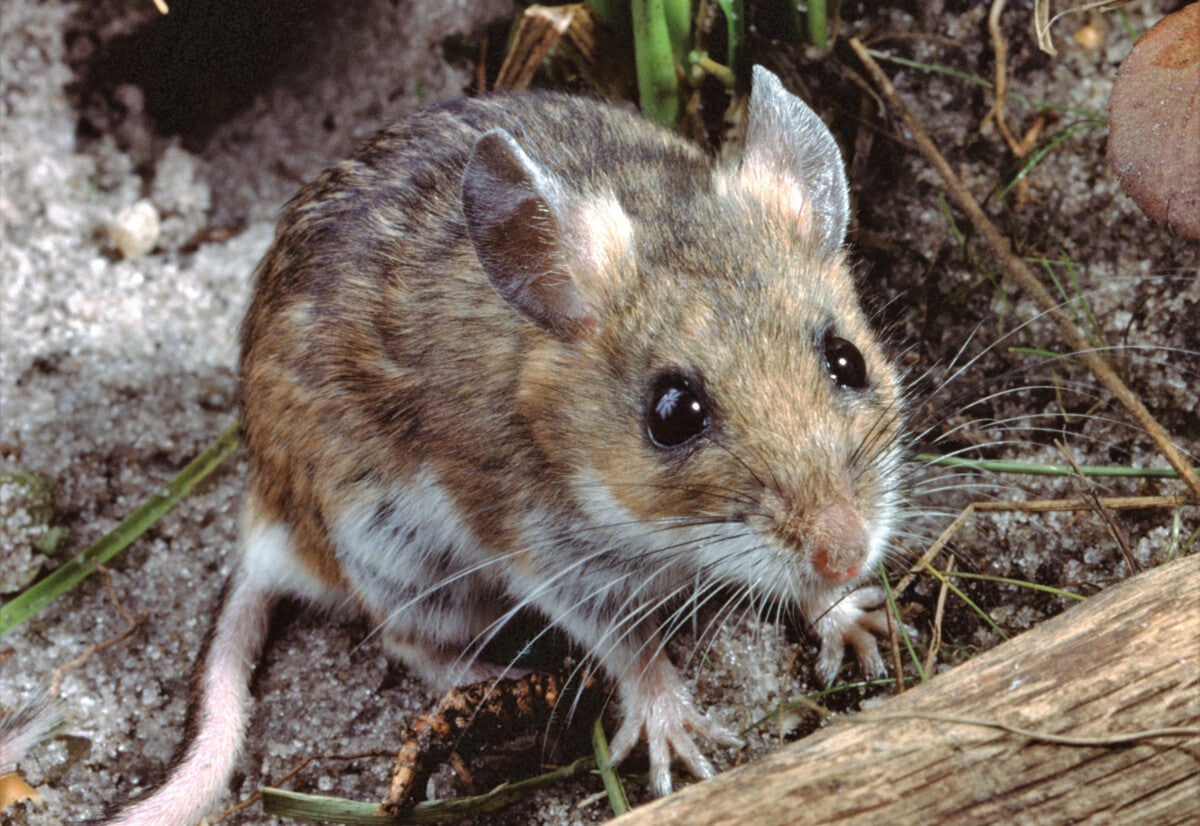Although the fur industry does its best to keep the cruelty out of sight, suffering is a common ingredient in all methods of procuring fur, from fur factory farming to trapping.
On fur factory farms around the world, millions of raccoon dogs, rabbits, foxes, mink, chinchillas, and other animals spend their lives in small wire cages, only to be killed by anal electrocution, by neck-breaking, or in gas chambers. Raccoon dogs have even been documented to be skinned alive.
The conditions on fur farms can be so barren and inadequate as to almost entirely prevent these wild species from exhibiting the natural behaviours so essential for their mental and physical well-being.
This can cause stress-related animal welfare problems, including stereotypical behaviour such as repetitive pacing or circling and head nodding. Self-mutilation and cannibalism are common, as are infected wounds and physical deformities, caused or exacerbated by lack of veterinary care.
Fox and raccoon dog fur farming in China: their miserable lives
In the wild, foxes have large territories within which they roam and hunt. They live in family groups and dig underground burrows in which to live and rear their young. In December 2015, we visited fur farms in China, each with thousands of animals.
On all the farms, the animals were kept for their entire lives in utterly barren cages in long lines, all with 2-4 animals crammed into a cage, or a single animal in a tiny cage.
The cages were entirely exposed to the elements, the bitter cold and the searing heat.
They were also entirely without environmental enrichment of any kind, and were too small in size to enable the animals any significant movement or sanctuary. The floors were wire mesh, which undoubtedly resulted in damage and pain to the feet and other body parts.
Our video footage (warning: graphic) shows foxes turning and pacing in their small cages, repeating the same pattern, time after time. The facilities appear filthy, with piles of faeces collected under all the cages. No vet was present during any of our visits, and no cleaning was witnessed at any of the facilities.
Brutal killing
Killing methods varied, some being stunned or killed by 220v electric shock before skinning, others killed by breaking the animal’s neck by hand, or by beating with metal sticks.
The killing is done by the farmers themselves or local people hired in. Our video clips have shown foxes receiving repeated electric shocks that do not kill them and being beaten with the iron bars in a way that does not render them unconscious.
The treatment of the foxes at the slaughter stage will have caused them considerable, prolonged physical pain, suffering and distress. This includes a fox being carried by the tail, which will have caused significant pain; killing by multiple inexpertly delivered blows to the head, face and neck during which the animal writhes in pain and is clearly still conscious; one fox hit on the mandible which is utterly the wrong area for stunning and will have fractured its jaw and caused substantial pain; and animals inexpertly killed by makeshift style electrocution apparatus.
HSI/UK’s veterinarian Professor Alastair MacMillan studied the footage and concluded that the nature of this equipment results in several failed attempts to immediately stun the fox, and each time severe pain is undoubtedly caused, resulting in vocalisation and attempts by the fox to avoid the metal probe.
It is highly likely that mains voltage was being used, which in some circumstances may be insufficient to cause death and allow the animal to recover consciousness after a certain time. The current appeared to be delivered through the length of the animal, rather than across the head, although the nature of the apparatus meant that the way that it was delivered and the current received by the animal was highly arbitrary. The levity of the operators when the fox was not successfully killed implies a disregard for the animal’s welfare.
Rabbit farming and slaughter in China
Our video footage (warning: graphic) from two rabbit breeding farms and a slaughter facility in China comes from a major fur farming province in North China.
The slaughter facility kills 10,000 rabbits every day; the workers are paid RMB 0.4 (around 4p) for killing one rabbit.
At both farms we visited, the rabbits were kept in woefully inadequate conditions that do not provide even the basic care to maintain their physical or mental welfare. They live in small, filthy, overcrowded, barren wire cages with no environmental enrichment, meaning that the rabbits are not able to perform any of their natural behaviours like jumping, running, digging or hiding.
Most rabbits have no bedding, meaning they spend their entire lives standing and bearing their full weight on the slatted floors, which can lead to ulcerative pododermatitis (hock sores), an extremely painful condition. Our footage shows large volumes of faeces on the cage floors and surrounding areas.
Our investigators were told that cages are checked daily, however there were some clearly sick rabbits left in the cages, as well as some dead rabbits. Animals were seen with their feet caught in the slatted flooring. No vet was seen at either facility during our visits.
Rabbits at the farms we visited were killed and skinned at 5-7 months old.
The slaughterhouse we visited had at that time around 100,000 rabbit furs in its inventory. The rabbits are killed in front of each other and can hear the distress screams (as in our videos) of each other being slaughtered.
We can see rabbits physically shaking in our video, indicating fear and distress. The slaughter process involves an attempt to render the animal unconscious with a blow to the head, followed by an immediate cut to the neck to bleed the animal out.
During transport to slaughter, the rabbits are confined in even smaller wire cages, only just big enough for the body of a rabbit to fit touching all four sides and roof of the cage, squashing the rabbit close to the floor with its head and ears. This will be painful and distressing for these highly sensitive animals, who then have their cages piled high on the back of a pickup truck, at least four cages deep, with no protection from the elements. During transport, and depending on the climate, rabbits on the outside would be exposed to either extreme cold or intense sunlight or rain. Rabbits on the inside are surrounded by the bodies of dozens of other rabbits and could easily overheat.
Painful and frightening slaughter
The rabbits are picked up out of their cage by the ‘scruff’ or their ears, and struck on the head with the blade of a knife before being hung upside down by one foot on the shackle line.
The blow to the head seen in the video is only of moderate force and unlikely to be hard enough to render the rabbits unconscious before their throats are cut. In some cases, they are even hit in entirely the wrong place (on the rostrum i.e. forward of the eyes) instead of the cranium.
Several of the rabbits can be seen raising their heads in a coordinated fashion whilst suspended, indicating that they were still conscious when their throats were cut. The ventral neck of the rabbits is cut resulting in, in some cases, violent whole-body movements and immediate screaming, meaning these rabbits are reacting to the pain of having their throat cut and to being hung from the shackle. This is all in full view and earshot of other rabbits waiting their turn to die.
HSI/UK’s veterinary adviser Professor Alastair MacMillan, says: “As a veterinarian, I am shocked to see rabbits kept in such appallingly inadequate conditions. There is no question in my mind that these rabbits will have endured extremely severe and prolonged physical suffering, fear and distress, and a death that is both painful and frightening.”
The footage gathered by HSI/UK in China is in no way exceptional or unique to China. Film gathered by other organisations in countries around the world, including Poland and France, reveals very similar conditions: cramped, dirty cages, filled with animals denied the ability to act out their natural behaviours and suffering both physically and mentally.











